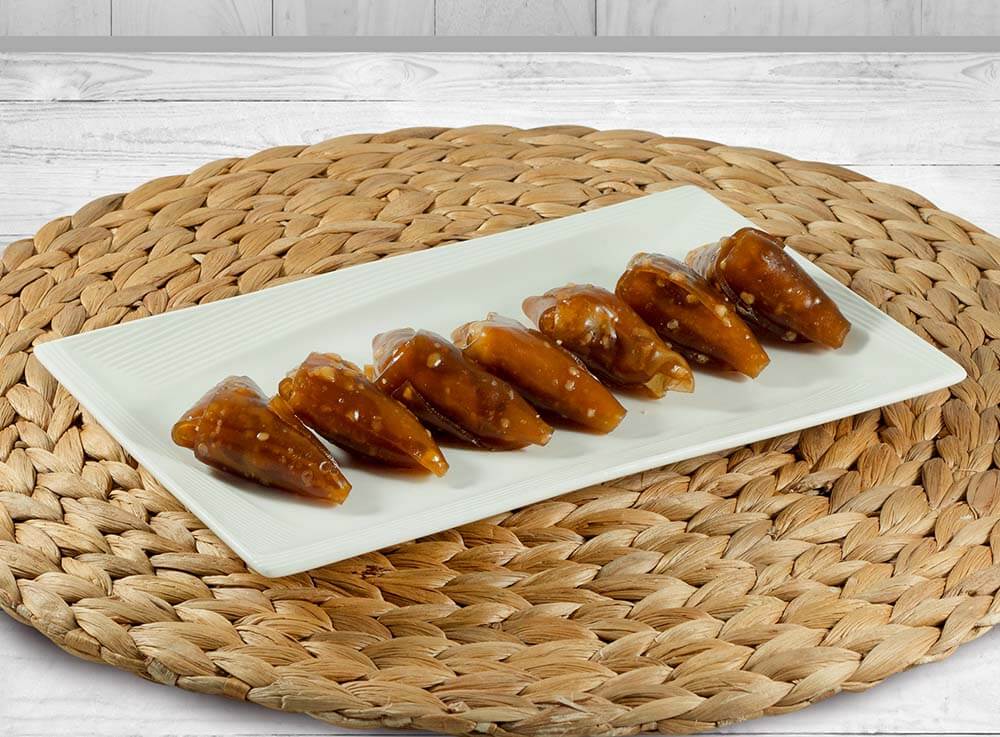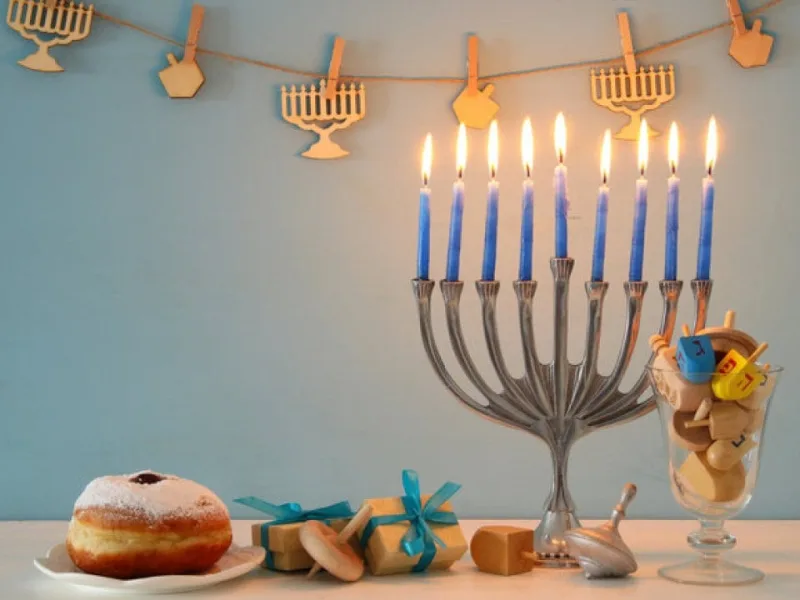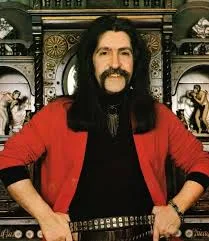Gümüşhane acts as a bridge with East, South, and Central Anatolia. The city, located on the Silk Road, was named as land (hane) of silver (gümüş) at the time of the Romans, and its name remained as Gümüşhane. The Assyrians, Persians, Medes, Urartu, Macedonians, Pontus, and Romans ruled in these lands. It also served as an important city during the Emevi and Seljuk periods. The city, surrounded by Trabzon and Giresun in the north, Bayburt in the east, and Erzincan in the south, has many important cultural values.
Climate and Local Cuisine
Although the city is located in the Black Sea region, the cold climate of Eastern Anatolia is felt more here. However, it is close to the temperate climate of the Black Sea. For this reason, it hosts a warm climate variety that can be visited especially in June, July, and August.
Gümüşhane Cuisine mostly consists of yarma, noodles, tarhana, bulgur and the like. Many famous soups are brought to the tables. Noodles (erişte), mantı soup, lemis, siron, gavut soup, yavan soup, gendime soup, and zuluflu soup are authentic tastes. You can also taste the region’s classics like muhlama, sour dolma, çırtma beans, sütlü, haşıl, lalanga, börek with walnut, and muska dessert.

Muska dessert
Places to Visit
- The Chrome City: Located in Yağlıdere Village, the archaeological district from the period of Byzantium still exists with its stone houses.
- The Satala Ancient City: Dating from Roman times, it is the headquarters of a legion of the empire that protects the Euphrates. Famous with its aqueduct from the 15th century.
- Karaca Cave: Very close to the city center, the cave is also frequented by asthma patients.
- Çiçek Village Rooms: Located in the town of Sarıçiçek, which is 38 kilometers away from the city center, the rooms reflect the wooden architectural features of Ottoman times. Nails are not used in the rooms, and they are decorated with various motifs and icons belonging to the Seljuk and Ottoman periods.
- Santa Ruins: 17th century Santa ruins reflect Greek architecture. Today you can visit the remaining stone houses and church ruins.

Tomara waterfall
- Olucak (İmera) Monastery: The monastery in Olucak village was built in 1250 and the inscription in the monastery can still be read.
- Canca Castle: Built in the 3rd century BC, the castle is located on a steep cliff.
- Zigana Ski Center
- Esenyurt Castle: A castle that was built in 1361.
- Artabel Nature Park
- Örümcek Ormanları (Spider Forest)
- Lake Limni

Imera and its Monastery built in the 14th century is 38 kilometers from the city center,in Olucak village.
Festivals
Harmancık Plateau Festival is held every year in July. In the end of August, and September, there are two festivals regarding rose-hip.
How to Get There
This landlocked city is reachable by highway from Trabzon and Samsun. The nearest airport is the Trabzon airport.



